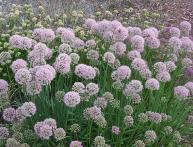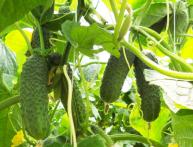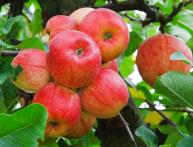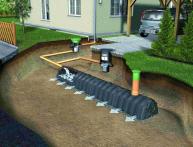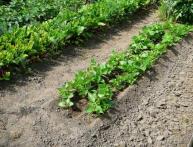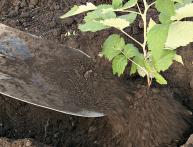Growing Brussels sprouts: several recommendations for gardeners

Growing Brussels sprouts should be carried out on medium or light loams, well seasoned with organic fertilizers. Its ideal predecessors are legumes, onions, cucumbers, potatoes, tomatoes and beets. Transferring seedlings to a permanent place should be carried out no earlier than thirty-eight to forty-five days after sowing the seeds. It is advisable to transfer young plants together with a large ball of earth: this will prevent damage to the fragile root system.
Growing Brussels sprouts should be done in flat areas, placing individual plants so that there is space between them. a distance of at least sixty to seventy centimeters. This type of cabbage tolerates short-term drought relatively easily thanks to its powerful root system, but over-watered soil is detrimental to it: excessive amounts of moisture provoke rotting of the heads of cabbage. When transferring seedlings, you should tear off a few of the lower leaves to bury the plant. Immediately after planting, cabbage can be watered with a solution of “Fitosporin”, and after a couple of weeks, when the plants enter the stage of active growth, - complex composition "Kemira-lux". Brussels sprouts respond well to fertilizers, particularly those high in potassium and phosphorus.
To stop the growth of the stem and stimulate the development of heads of cabbage, you need to pinch off the top bud.When harvesting (and it must be done after the first frost, when the taste of cabbage intensifies significantly) you need to start with the lower heads of cabbage, and it is advisable to leave the upper ones to ripen.

